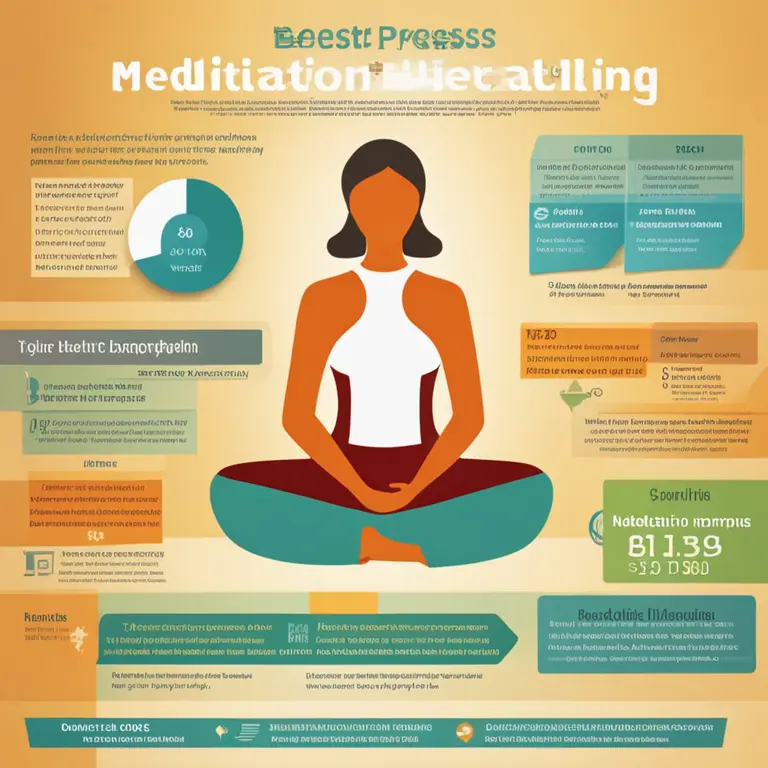
Meditation for Lower Blood Pressure: A Calm Approach to Health
Discover the power of meditation techniques in managing hypertension and promoting a calmer, healthier cardiovascular state.
article by Hina Kurosawa
Introducing Meditation for Heart Health
Meditation has long been praised for its extensive mental benefits, but recent studies have shown it can have a tangible impact on physical health, specifically on blood pressure. As modern lifestyles have become more hectic, the incidence of hypertension has risen, prompting many to seek alternative ways to manage their condition. This article delves into meditation techniques aimed at promoting heart health by reducing stress, a known contributor to high blood pressure.

The Physiology of Stress and Blood Pressure
To understand how meditation helps lower blood pressure, we must first comprehend the linkage between stress and cardiovascular strain. Stress triggers the release of hormones such as cortisol and adrenaline, which initially lead to temporary blood pressure spikes. Chronic stress, however, can lead to sustained high blood pressure, damaging blood vessels and the heart. By engaging in meditation, one aims to reduce the body's stress response, leading to potentially lower blood pressure and improved heart health.

Getting Started with Breathing Techniques
An accessible entry point for meditation is focused breathing, which can be practiced almost anywhere and at any time. Slow, deep breathing activates the parasympathetic nervous system, counteracting stress response and aiding in blood pressure reduction. Techniques such as the 4-7-8 method, where you inhale for four seconds, hold for seven, and exhale for eight, are well-established exercises suitable for beginners and experienced practitioners alike.

Incorporating Mindfulness and Awareness
Mindfulness meditation involves a heightened sense of present-moment awareness and non-judgmental acceptance. This practice can curb stress by preventing the over-engagement of thoughts about the past or future, which are often sources of stress. In studies, mindfulness has been linked to reduced blood pressure through consistent practice, suggesting even 10-15 minutes a day could contribute to improved cardiovascular outcomes.

Guided Imagery and Relaxation
Guided imagery is a form of meditation where you visualize calming and peaceful scenes, effectively distracting the mind from stressors and lowering blood pressure. This technique, often accompanied by calming music or a soothing voice, can enhance relaxation and has been associated with both immediate and long-term benefits for heart health.
Yoga and Movement-Based Meditation
While many forms of meditation involve stillness, active practices such as yoga incorporate mindfulness with physical poses and controlled movements. These actions, combined with regulated breathing, can reduce blood pressure by soothing the nervous system and encouraging a state of relaxation. Regular yoga sessions have been shown to contribute to the overall reductions in hypertension.
Establishing a Consistent Meditation Routine
Consistency is key in meditation for it to be effective in managing blood pressure. Daily practice reinforces the body's ability to enter into a relaxed state more easily over time. Creating a dedicated space and time for meditation can help in developing a routine. Furthermore, modern technology, like meditation applications or wearable health devices, can provide reminders and track progress for those looking to maintain a regular schedule.
Published: 1/18/2024
Modified: 1/18/2024
More predictions
Come back here soon to learn more about yourself and your future



